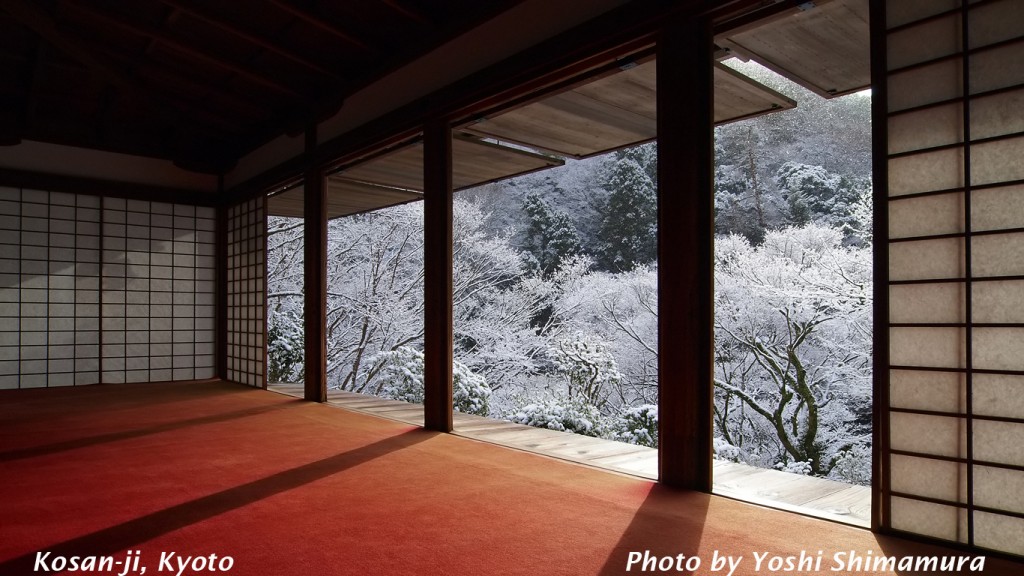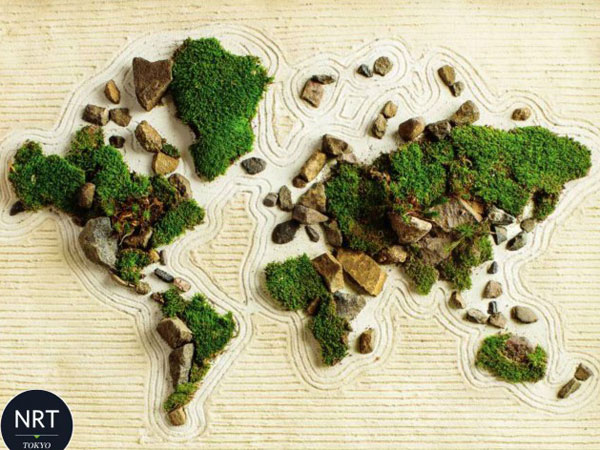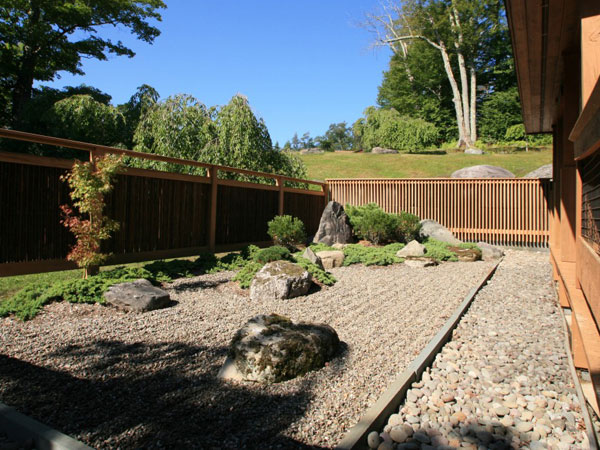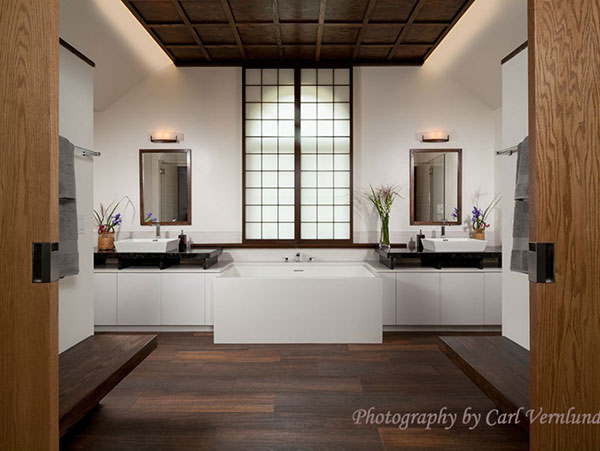Accoording to Yoshida Kenko’s famous Essays in Idleness (: Tsurezuregusa), “On buidling a house, it should be designed to suit the summer. In winter, one can live anywhere.” Really?
Now I live in Connecticut, I am a little hesitant to agree with him, especially “living anywhere in winter” part. We had some snow last night, even though it has been a warm winter.
To Kenko’s credit, humidity during summer in Japan is trying, and one just cannot live in a house without proper cross ventilation. You yearn for breeze, so that you can breath. Hence Japanese architecture does not really have walls; it just has series of openings that can be closed.
But these very open Japanese houses are hard to endure in the winter. Try visiting a temple in Kyoto in January. I am sure you will have to walk tip toe in the building, because the floor is so cold ! (Remember that you are not allowed to keep your shoes on.)
Yet there is also a reward for it. A winter scenery could be beautiful, although it is not a sweet pretiness of the spring or a lively loveliness of the summer. With shoji screens open, the winter may offer a serene and graceful landscape for you to see. If you are lucky to have a view like this picture at Kosan-ji Temple, then sit down with a cup of green tea on a zabuton cushion. You may become meditated enough to believe that you could “live anywhere in winter.” (Y)



